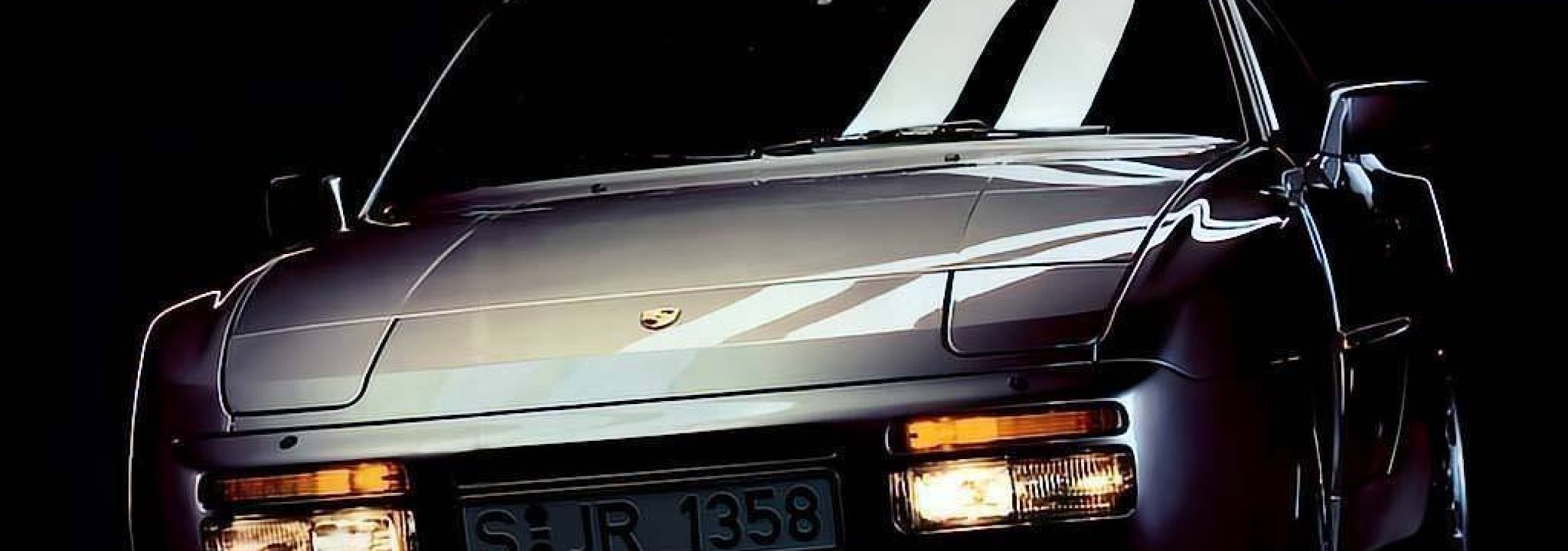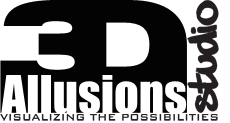
Five Qualities of Good Design
Five Qualities of Good Design
No matter what design-related field you are in, there are qualities or basic principles that you can use that helps create good design. If you work in 2D art as a fine artist or commercial artist working in a field such as graphic design, there are rudimentary principles that attribute to a good design. In 2D you work with composition, color, light, shadow, foreground, midground, background, mass, and void, typically to imply 3D.
These same techniques are similar to those found in 3D design. In 3D you literally work in the XYZ axes three dimensions, but the basic principles apply. In 3D design, I am referring to fields such as architecture, interior design, product design, and automotive design. This also includes digital 3D representing the aforementioned fields as well as characters and environments such as those used in video games and movies. There is a fundamental tie that binds the different fields of design together, whether it is a well-crafted image or a masterfully designed utensil, it is still a good design. So even though this particular list is more tailored towards 3D and favors architecture and product design, it is applicable to all design-related fields, it just may be applied differently.
In my opinion, good design is an exercise in restraint and the pursuit of elegance and/or visual power. A simple but well-crafted design or image can be very powerful and provocative and yet be elegant. A very powerful and masculine design can be elegant as well, they are not mutually exclusive. An Aston Martin DB9 is an elegant solution that is very powerful in visual presence.

There is a natural tendency to add more features, draw more lines, sculpt more surfaces, model more detail, etc. with the belief that by adding “more” the design/concept is automatically improved. A good designer is trained to refrain from the compulsion to add. The objective of good design is to reduce; reduce the number of parts, reduce complexity, reduce waste, and reduce cost. Design is the ability to make clear a product or service's purpose or message. If you can remove an element from a design and it is not missed and the design is just as strong without it, then it shouldn’t be there. As the famous modernist architect, Ludwig Mies Van Der Rohe is famous for saying: “Less is More”. This ties into some of the qualities this article addresses.
Simplicity
In good design, less is more. Simplicity rules over superfluous detail, giving a concept its true identity and allowing it to speak clearly as to its role and function free from unnecessary and distracting adornment. This quality should be used in moderation and a design should not be oversimplified or fascist without another underlying reason or concept. But to put this in perspective the 1997 C5 Corvette had approximately 50% of the parts the previous 1996 C4 Corvette and outperformed it on all levels. A good design or concept can be very complicated and detailed, but that intricacy should be dictated by the subject matter and not superficially added to make it seem like it is more than it really is. Logos and diagrams can convey a lot of information and aesthetics while being simple and understandable, there is power in breaking things down to their simplest forms, you remove bias and preferences and provide an easily understood concept or form.
Innovation
Just as technology in every aspect of our lives continuously advances, evolves, and improves, the good design enables the benefits of new technology to be maximized for the user. Innovation is not limited to “new’, it can be a creative use of an existing element, concept, or technique in a new way. To risk being cliché, it is “Thinking Outside of the Box”! Everyone borrows from what they have experienced and seen, the trick is to concoct something interesting and fresh in the way you portray it. As Albert Einstein said, “If I have seen farther than others, it is because I have stood on the shoulders of Giants!” Recognize the “Giants” in your industry or profession and observe what they do and try to take away something useful from your observations and try and use it to create something innovative, or in an innovative way.
Intuitiveness
The ability to use or appreciate something intuitively and without instruction because its design is easily understood is perhaps the defining characteristic of good design. Intuitive design “feels right” on a subconscious level without the need to know why. Intuitive design is the simplest form of good design without needing to be simple, it speaks to our soul and our intellect. I believe this is the most important quality of “Good Design”, you strip away the ego gratification, the over-intellectualizing, and academia, and the design or concept stands on its own, no matter the sex, age, gender or culture of the audience or end-user; No explanations are needed.
Visual beauty
The aesthetic appeal of an item is fundamental to good design. We select things that reflect our own tastes, styles, and preferences. Aesthetics enhances the built environment and our world. By surrounding ourselves with pleasing aesthetics we bring beauty to the world and our environments, which in turn can lead to joy and contentment. So it seems obvious that pleasing visual properties are important to good design unless your concept is to upset people and are into the horror genre. However, this is subjective, and therein lies the problem, most people think they have good taste and are good designers. This one is hard to define what the quality is. I would suggest that you take note of what things bring joy or awe upon viewing. For me, a classic sports car, a colorful sunset, the forest reflecting off a mountain lake all have visual beauty, but only one of those is manmade. Try to recognize or identify those qualities and replicate them with your designs. Keep in mind that aesthetics can have cultural bias and be impacted by your personal preference. The Oxford Dictionary defines beauty as "A combination of qualities, such as shape, colour, or form, that pleases the aesthetic senses, especially the sight."
Honesty
The essence of good design is that an object portrays itself as nothing more and nothing less than what it is. The observer does not want to be misled by design features that promise function but merely ornament. It is a misconception to think that the role of a designer is to beautify through adding decoration, to adorn, but the true role is to remove elements to reveal an idea only adding what is necessary to craft a story or convey a design. The desire for a product or design to do all things for all people leads to nothing being done well. As the saying goes “Jack of all trades, Master of none”. In architecture we refer to the sincerity of materials, basically using the material for what it is suited for, on a subconscious level people recognize if it isn’t and it feels uncomfortable. Materials like a brick that are good in compression, but not in tension, shouldn’t span a large opening via a standard running bond, an appropriate lintel should be used. Dishonesty or insincerity in design feels wrong on an intuitive level.

Conclusions
These five pillars of Good Design are qualities I try to instill in my work, there are more, and none are steadfast or absolute, but I believe them to be basically true in nature. A lot of my designs must be worked on quite a bit as I chip away my initial mistakes to reveal a hopefully decent design. I value intuitive design above all else, and I may use it in my process, but I am not one to lay down creative genius with my first strokes due to my intuitive insights. Any Eureka moments usually occur after I have struggled with a problem for a long time, and I am jealous of those who can sketch a masterpiece in their first effort. But hopefully, with a strong foundation, even the average design professional can produce “good designs”.

